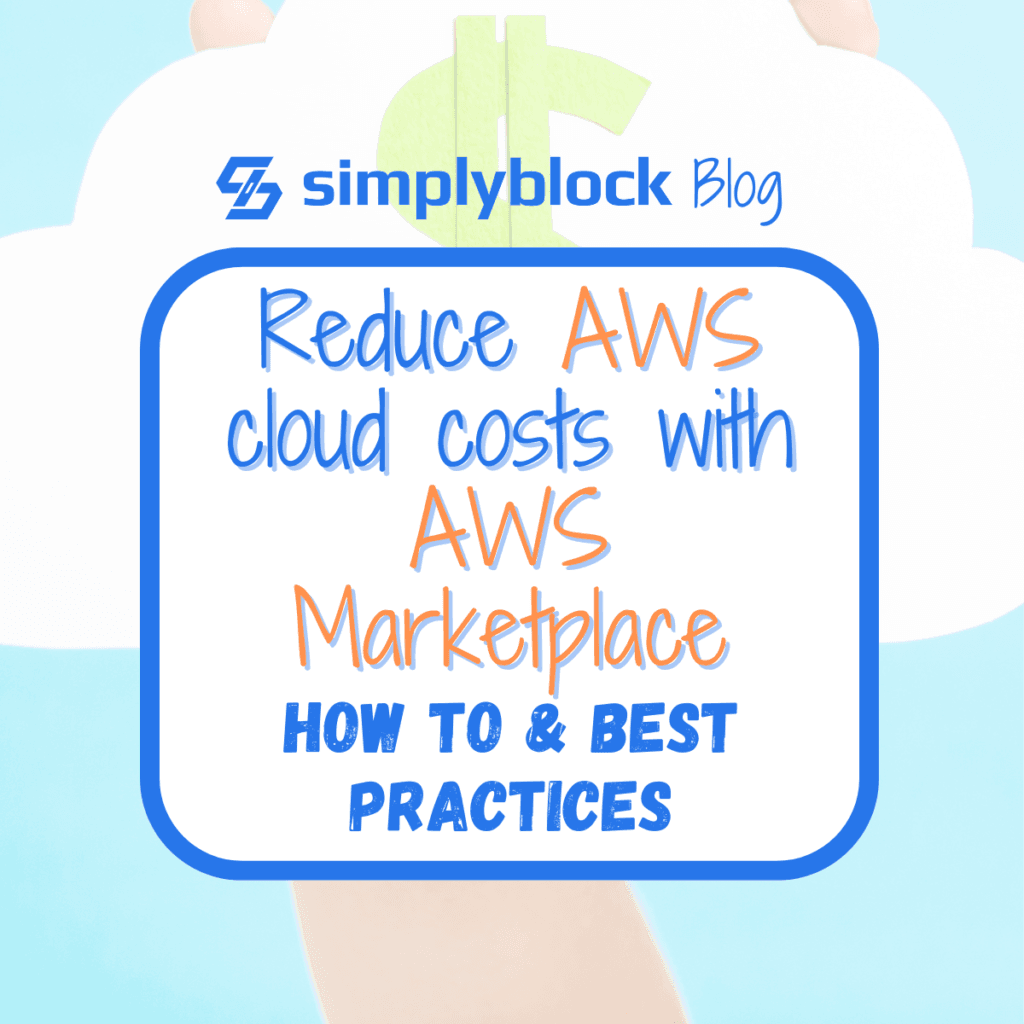
The AWS Marketplace is a comprehensive catalog consisting of thousands of offerings that help organizations find, purchase, deploy and manage third-party software and services to optimize their cloud operations. It’s also a great place to find numerous tools specifically designed to help you optimize your AWS cloud costs. These tools can help you monitor your cloud usage, right-size resources, leverage cost-effective pricing models, and implement automated management practices to reduce waste and improve efficiency.
In this blog post you will learn more on the key drivers behind the cost with AWS Cloud, what cloud cost optimization is, why you need to think about it and what tools are at your disposal, particularly in the AWS Marketplace.
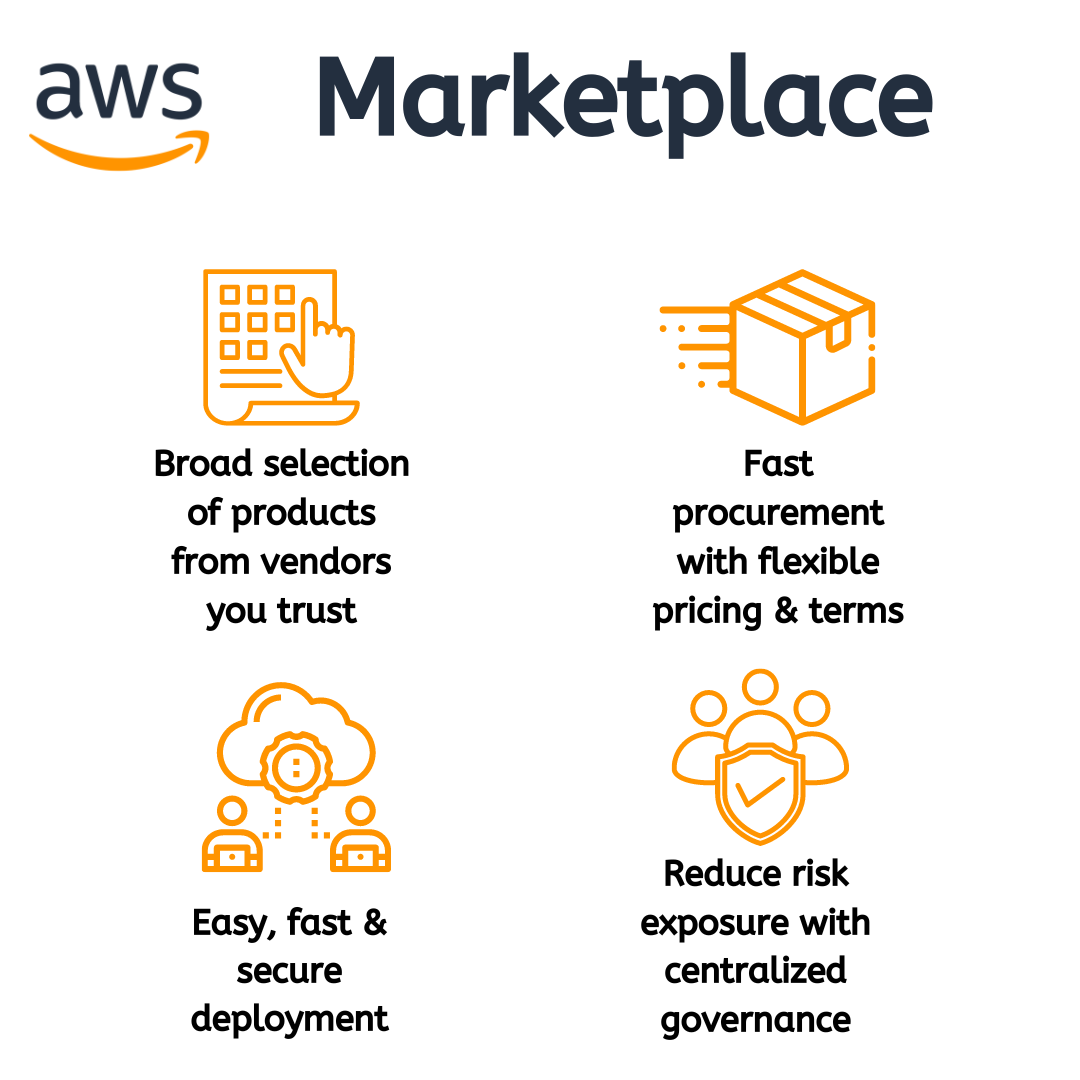
What are the Fundamental Drivers of Cost with AWS Cloud?
Industry studies show that almost 70% of organizations experience higher-than-anticipated cloud costs. Understanding the key factors that drive costs in AWS Cloud is essential for effective cost management. Below is a breakdown of the key drivers of cloud costs, including compute resources and storage, which together make up almost 60 -70% of the total spend, costs associated with data transfer, networking, database services, what support plans you opt for, additional costs of licensing & marketplace products and serverless services like API calls.
Based on the Vantage Cloud Cost Report for Q1 2024 , we can see that most used services in public clouds are by far comput instances (EC2 on AWS, Compute Engine on Google Cloud and Virtual Machines on Microsoft Azure), followed by storage and databases. Optimizing costs of compute, storage and databases will have the highest impact on cloud bill reduction.
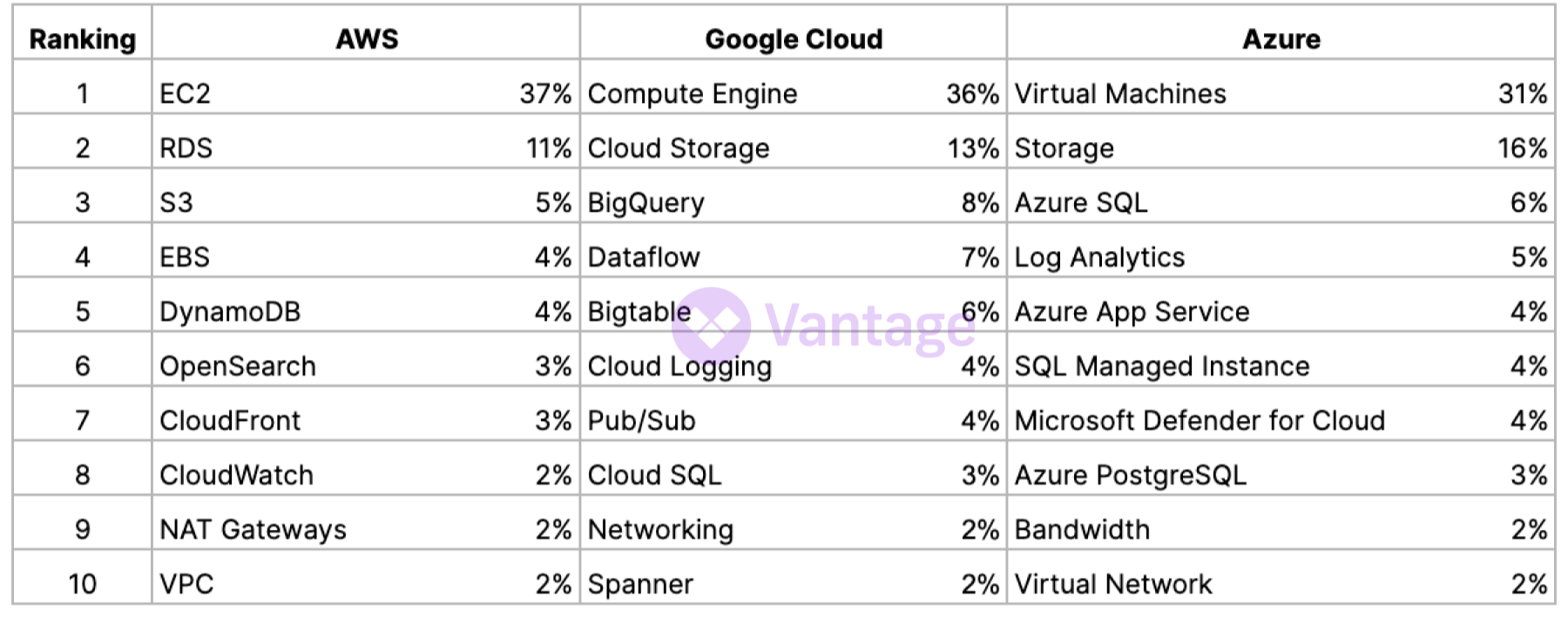
Looking more granularly on AWS, here are key services to look into when optimizing cloud costs:
Compute Resources
- EC2 Instances : The cost depends on the type, size, and number of EC2 instances you run. Different instance types have varying performance and pricing.
- Lambda Functions : Pricing is based on the number of requests and the duration of execution.
Cloud Storage
- S3 Buckets : Costs vary depending on the amount of data stored, the frequency of access (standard, infrequent access, or Glacier), and the number of requests made.
- EBS Volumes : Pricing is based on the type and size of the volume, provisioned IOPS and snapshots. Cloud block storage prices can be very high if used for highly transaction workloads such as relational, NoSQL or vector databases.
- EFS and FSx : Pricing is based on the service type, IOPS and other requested services. Prices of file systems in the cloud can become very expensive with extensive usage.
Data Transfer
- Data Ingress and Egress : Inbound data transfer is generally free, but outbound data transfer (data leaving AWS) incurs charges. Costs can add up, especially with high-volume transfers across regions or to the internet. Networking
- VPC: Costs associated with using features like VPN connections, VPC peering, and data transfer between VPCs.
- Load Balancer s: Costs for using ELB (Elastic Load Balancers) vary based on the type (Application, Network, or Classic) and usage. Database Services:
- RDS: Charges depend on the database engine, instance type, storage, and backup storage.
- DynamoDB: Pricing is based on read and write throughput, data storage, and optional features like backups and data transfer.
Understanding these drivers helps you identify areas where you can cut costs without sacrificing performance, allowing for better budgeting, more efficiency in operations and better scalability as demand increases.
What is Cloud Cost Optimization?
Cloud cost optimization involves using various strategies, techniques, best practices, and tools to lower cloud expenses. It aims to find the most economical way to operate your applications in the cloud, ensuring you get the highest business value from your investment. It may involve tactics like monitoring your cloud usage, identifying waste, and making adjustments to use resources more effectively without compromising performance or reliability and using marketplace solutions instead of some cloud-provider-native offerings.
Why do you need Cloud Cost Optimization?
Organizations waste approximately 32% of their cloud spending, which is a significant amount whether you’re a small business or a large one spending millions on cloud services. Cloud optimization helps you minimize this redundancy and avoid overspending. Cloud cost optimization also goes beyond just cost-cutting; it also focuses on thorough analysis of current usage, identifying inefficiencies and eliminating wastage to optimize value.
More than just cutting costs, it’s also about ensuring your spending aligns with your business goals. Cloud cost optimization means understanding your cloud expenses and making smart adjustments to control costs without sacrificing performance. Also see our blog post on AWS and cloud cost optimization .
What is the AWS Marketplace?
The AWS Marketplace is a “curated digital catalog that customers can use to find, buy, deploy, and manage third-party software, data, and services to build solutions and run their businesses.” It features thousands of software solutions, including but not limited to security, networking, storage, machine learning, and business applications, from independent software vendors (ISVs). These offerings are easy to use and can be quickly deployed directly to an AWS environment, making it easy to integrate new solutions into your existing cloud infrastructure.
AWS Marketplace also offers various flexible pricing options, including hourly, monthly, annual, and BYOL (Bring Your Own License). And lastly, many of the software products available in the Marketplace have undergone rigorous security assessments and comply with industry standards and regulations. Also note that purchases from the AWS Marketplace can count towards AWS Enterprise Discount Program (EDP) commitments. See our blog post on the EDP .
Cloud Cost Optimization Tools on AWS Marketplace you can use to Optimize your Cloud Costs
In addition to its thousands of software products, AWS Marketplace also offers many products and services that can help you optimize your cloud costs. Here are some tools and ways in which you can use AWS Marketplace to do so effectively.
Cloud Cost Management Tools AWS Marketplace hosts a variety of cost management tools that provide insights into your cloud spending. Products like CloudHealth and CloudCheckr offer comprehensive dashboards and reports that help you understand where your money is going. These tools can identify underutilized resources, recommend rightsizing opportunities, and alert you to unexpected cost spikes, enabling proactive management of your AWS expenses.
Optimzing Compute Costs: Reserved Instances and Savings Plans One of the most effective ways to reduce AWS costs is by purchasing Reserved Instances (RIs) and Savings Plans, as mentioned above. However, understanding the best mix and commitment level can be challenging. Tools like Spot.io and Cloudability available on AWS Marketplace can analyze your usage patterns and recommend the optimal RI or Savings Plan purchases. These products ensure you get the best return on your investment while maintaining the flexibility to adapt to changing workloads.
Optimizing Cloud Storage Costs Data storage can quickly become one of the largest expenses in your AWS bill. Simplyblock, available on AWS Marketplace, is the next generation of software-defined storage, enabling storage requirements for the most demanding workloads. High IOPS per Gigabyte density, low predictable latency, and high throughput is enabled using the pooled storage, as well as our distributed data placement algorithm. Using erasure coding (a better RAID) instead of replicas helps to minimize storage overhead without sacrificing data safety and fault tolerance .
Automate Resource Management Automated resource management tools can help you scale your resources up or down based on demand, ensuring you only pay for what you use. Products like ParkMyCloud and Scalr can automate the scheduling of non-production environments to shut down during off-hours, significantly reducing costs. These tools also help in identifying and terminating idle resources, ensuring no wastage of your cloud budget.
Enhance Security and Compliance Security and compliance are critical but can also be cost-intensive. Utilizing AWS Marketplace products like Trend Micro and Alert Logic can enhance your security posture without the need for a large in-house team. These services provide continuous monitoring and automated compliance checks, helping you avoid costly breaches and fines while optimizing the allocation of your security budget.
Consolidate Billing and Reporting For organizations managing multiple AWS accounts, consolidated billing and reporting tools can simplify cost management. AWS Marketplace offers solutions like CloudBolt and Turbonomic that provide a unified view of your cloud costs across all accounts. These tools offer detailed reporting and chargeback capabilities, ensuring each department or project is accountable for their cloud usage, promoting cost-conscious behavior throughout the organization.
By leveraging the diverse range of products available on AWS Marketplace, organizations can gain better control over their AWS spending, optimize resource usage, and enhance operational efficiency. Whether it’s through cost management tools, automated resource management, or enhanced security solutions, AWS Marketplace products provide the necessary tools to reduce cloud costs effectively.
How to Reduce EBS Cost in AWS?
AWS Marketplace storage solutions, such as simplyblock can help reducing Amazon EBS costs and AWS database costs up to 80% . Simplyblock offers high-performance cloud block storage that enhances the performance of your databases and applications. This ensures you get better value and efficiency from your cloud resources.
Simplyblock software provides a seamless bridge between local EC2 NVMe disk, Amazon EBS, and Amazon S3, integrating these storage options into a single, cohesive system designed for ultimate scale and performance of IO-intensive stateful workloads. By combining the high performance of local NVMe storage with the reliability and cost-efficiency of EBS and S3 respectively, simplyblock enables enterprises to optimize their storage infrastructure for stateful applications, ensuring scalability, cost savings, and enhanced performance. With simplyblock, you can save up to 80% on your EBS costs on AWS.
Our technology uses NVMe over TCP for minimal access latency, high IOPS/GB, and efficient CPU core utilization, outperforming local NVMe disks and Amazon EBS in cost/performance ratio at scale. Ideal for high-performance Kubernetes environments, simplyblock combines the benefits of local-like latency with the scalability and flexibility necessary for dynamic AWS EKS deployments , ensuring optimal performance for I/O-sensitive workloads like databases. By using erasure coding (a better RAID) instead of replicas, simplyblock minimizes storage overhead while maintaining data safety and fault tolerance. This approach reduces storage costs without compromising reliability.
Simplyblock also includes additional features such as instant snapshots (full and incremental), copy-on-write clones, thin provisioning, compression, encryption, and many more – in short, there are many ways in which simplyblock can help you optimize your cloud costs. Get started using simplyblock right now and see how simplyblock can help you on the AWS Marketplace .
To save on your cloud costs, you can also take advantage of discounts provided by various platforms. You can visit here to grab a discount on your AWS credits.
You may also like:
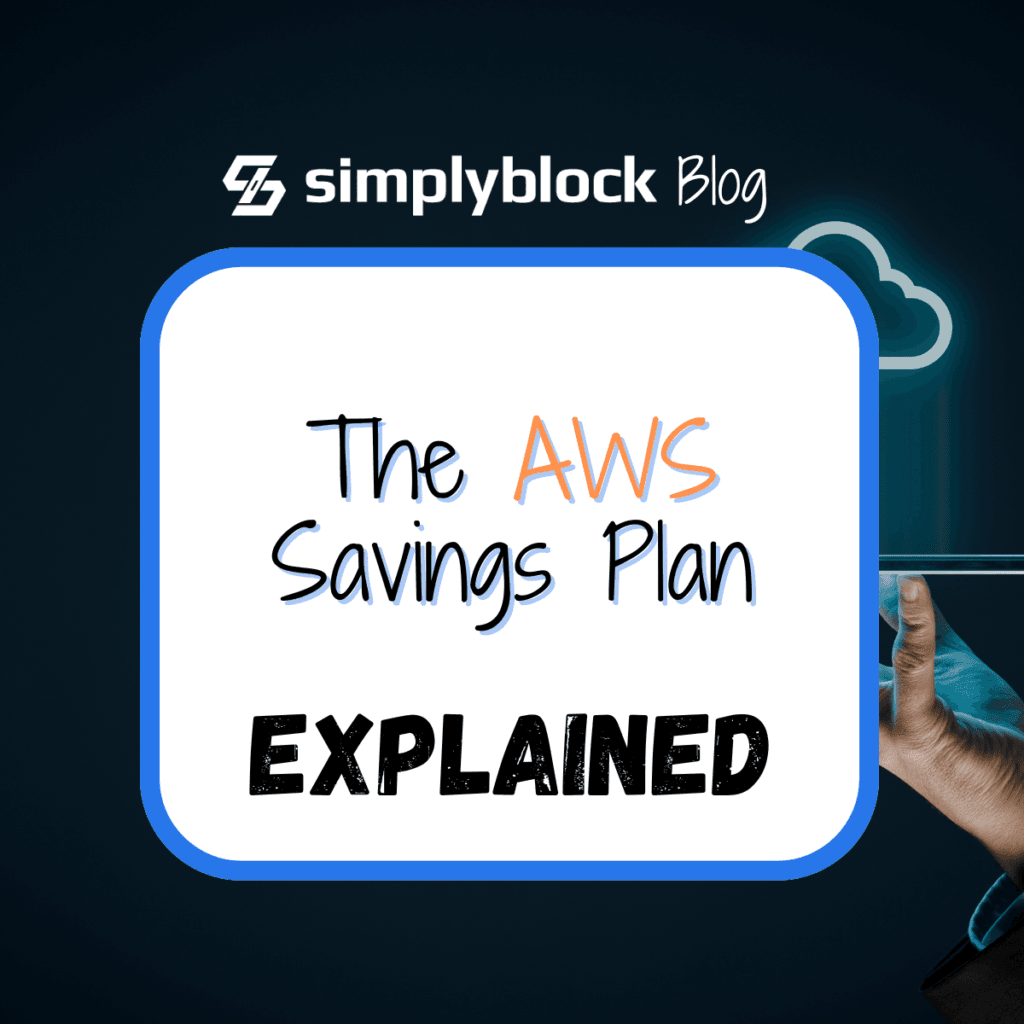
What is AWS Marketplace?
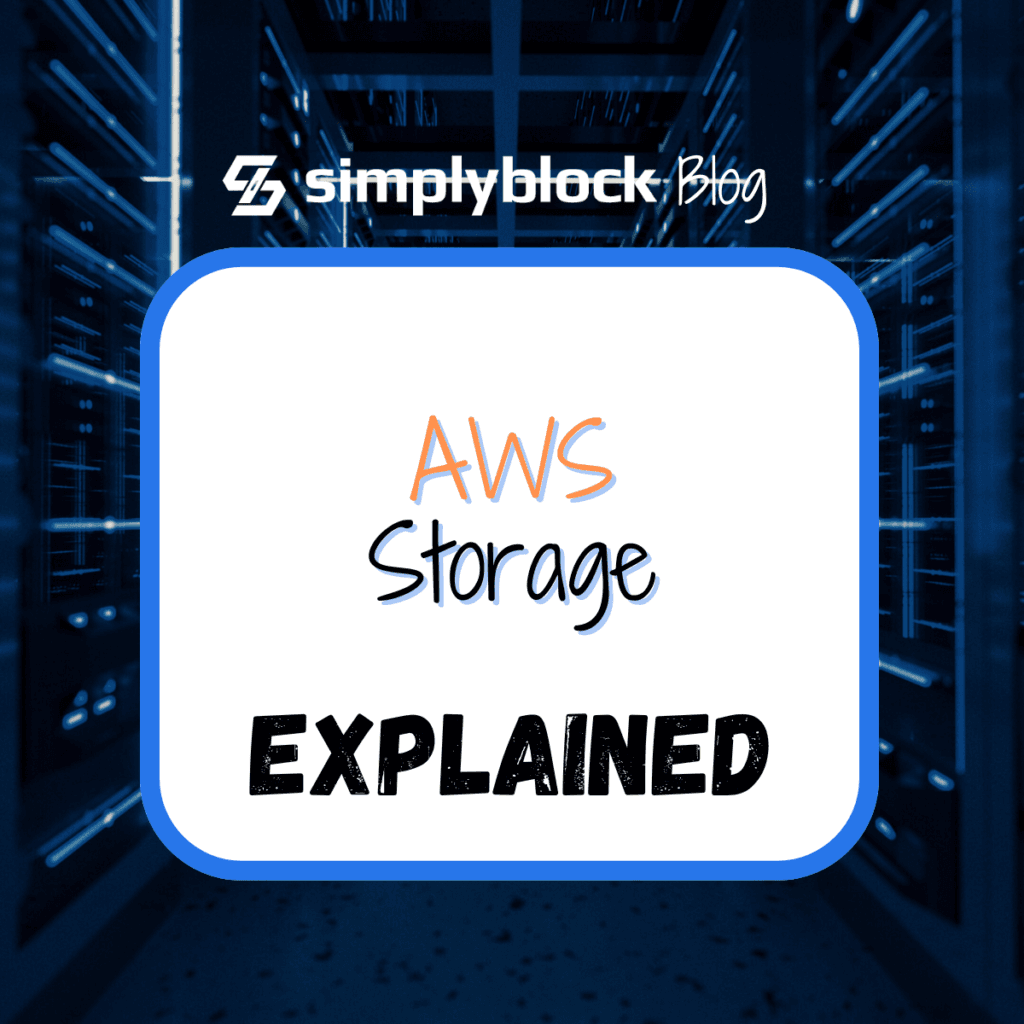
AWS Storage Optimization: Best Practices for Cost and Performance
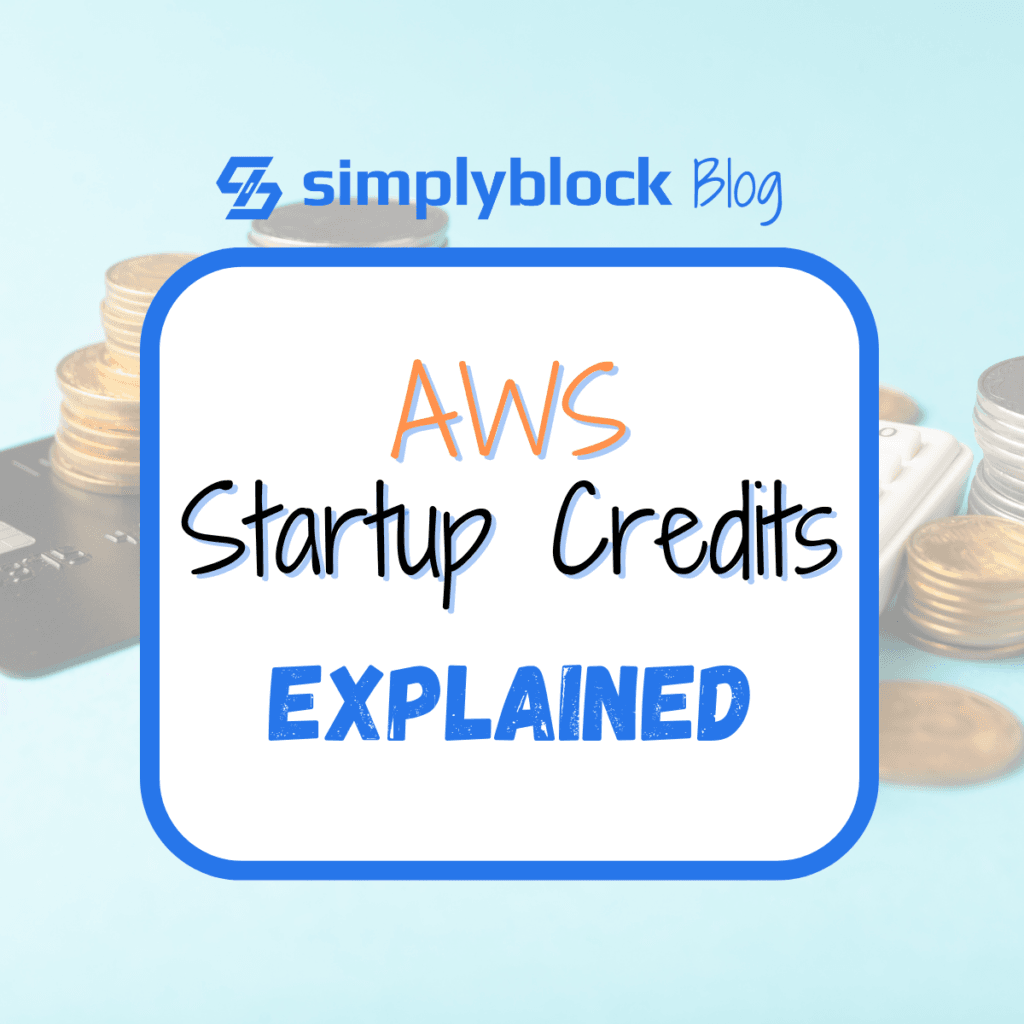
What are AWS Credits and how to get them?
